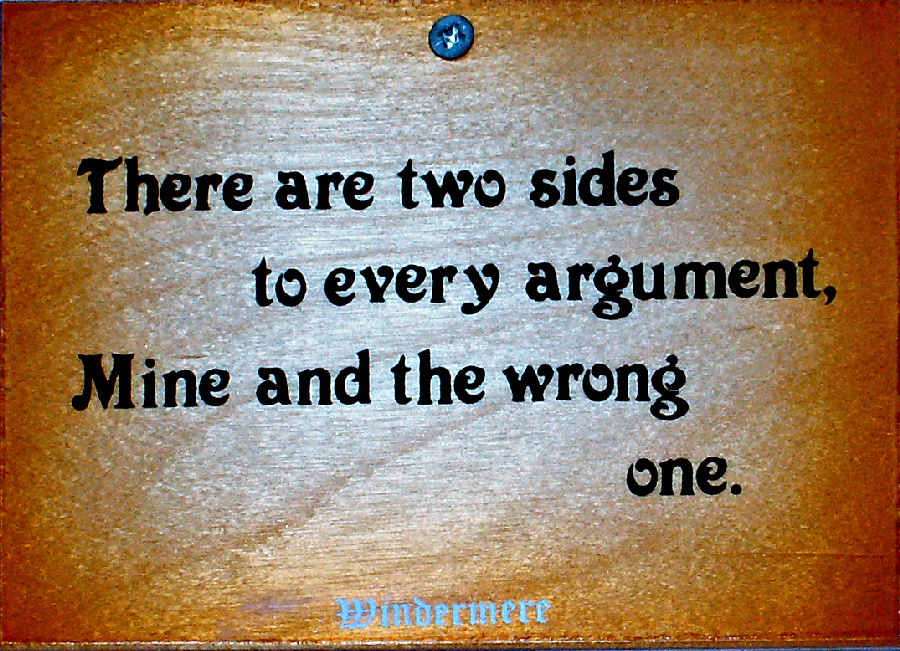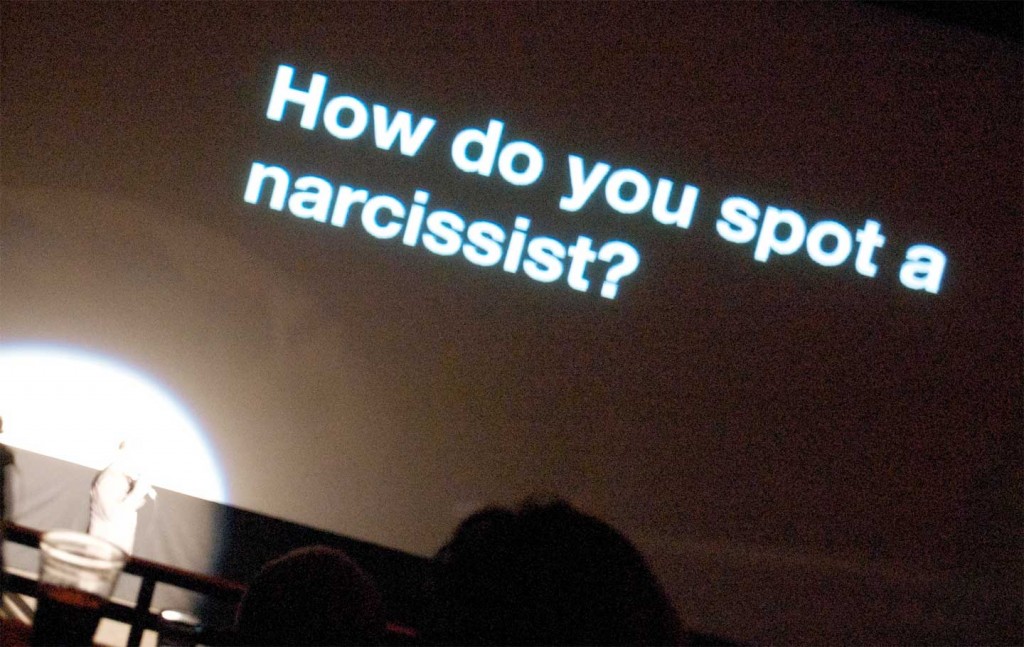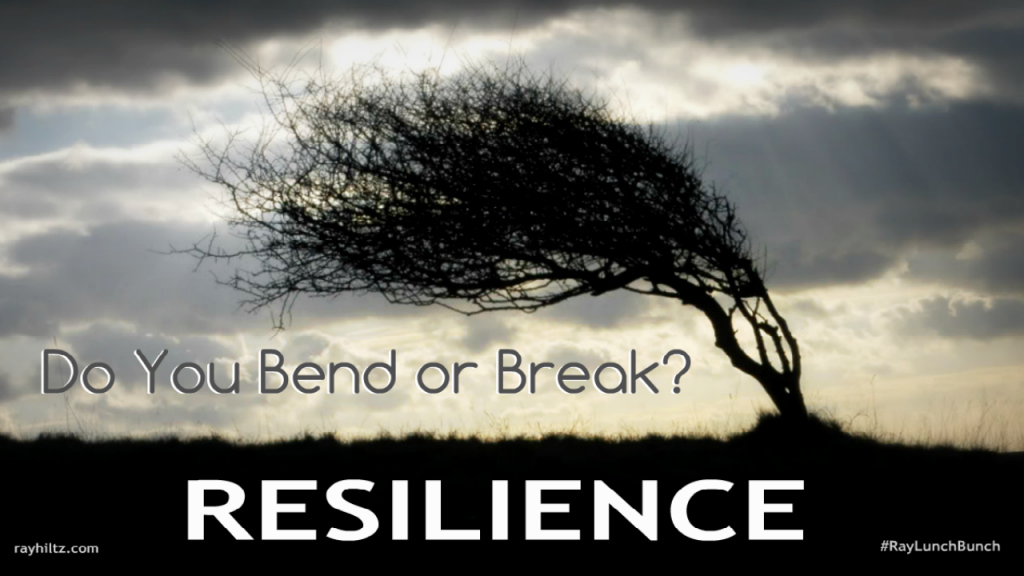Is humanity on the way to becoming redundant? If the worst predictions of science fiction are to be believed, then it would seem so.
From classic sci-movies such as Blade Runner (1982), and the Terminator and Matrix franchises, to more recent films such as Ex Machina (2014) and HBO’s serialised re-boot of the 1973 film Westworld, the notion of artificial intelligence (AI) that has become self-aware – and that views humanity as a threat – has been an abiding preoccupation.
A central theme running through all of these fictional narratives is a fear of technology and its power to either destroy or replace us. It is a fear whose origins lie in the dawn of the industrial age, and which has grown with successive industrial revolutions.
It is hardly surprising, then, that the spread of AI-generated artwork and, more recently, the use of AI-driven chatbots such as ChatGPT to write anything from poetry, to news stories, to programming code, to feature articles has generated a huge buzz – and more than a little concern.
Most recently, the ChatGPT chatbot designed by Silicon Valley firm OpenAI managed to pass the final exam of an MBA programme at the University of Pennsylvania’s Wharton School, according to a study carried out by academics at the institution.
Stories such as these are laden with anxiety. Are journalists and copywriters going to be out of a job? Will manufacturing and retail jobs disappear? Will artists’ and poets’ work be indistinguishable from that of robots? Are college students simply going to delegate writing their papers to a chatbot?
What such narratives often miss is the importance of the human element. While people have their flaws, especially when compared to AI or robots, their humanity is a great strength when it comes to creative thought and expression.
This fear of replacement is also experienced by people in management or leadership positions – and is amplified whenever they are required to stand in front of a lectern and speak to an audience.
Does the speaker appear confident or unsure of themselves? Are they engaging, or do they lack personality? Are they fluid in their delivery, or halting and awkward? Are they, dare I say it, too robotic?
Of course, you could always engage ChatGPT to write the speech you have been wrestling with. And with advances in speech synthesisers and deepfake image technology, it would be tempting to get an AI-generated version of yourself to broadcast speeches.
But what this AI-driven approach to public speaking would be lacking is the human element. Delivering a compelling presentation is about telling a story that people find both interesting and relatable – and a key part of that relatability is you.
No technology can replace the boundless creativity of the human mind and the subjective nature of the human experience. No technology can effectively replace the complex chemistry of human interactions.
In a world where we have a growing reliance – sometimes needlessly – on technology, real human connection will become even more valuable.
As French philosopher and sociologist Jean Baudrillard wrote in Cool Memories (1990): “The sad thing about artificial intelligence is that it lacks artifice and therefore intelligence.”
Just as theatre, television drama, and cinema use artifice to create compelling narratives, so the skilled orator can learn to make use of gesture, expression, tone of voice, and personal anecdotes to convey a human story that audiences will respond to.
As an audience, we want human frailty, vulnerability, power, stoicism, adventure. Honing your vision, strategy and message through storytelling will be as powerful as ever in the age of AI-assisted narratives – perhaps even more so.
That’s where Dynamic Presenting can help you.
Written by Gavin Bradshaw
















